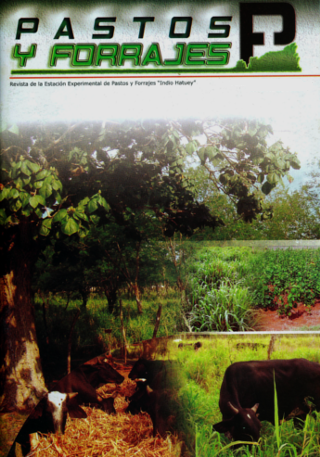Penetration resistance in a Chromic Vertisol with different uses, managements and sampling sites
Keywords:
physical and chemical properties of the soil, soil compactionAbstract
A study was conducted in order to determine the influence of the land use, tillage system and sampling site on the penetration resistance in a Chromic Vertisol soil. The land uses were: silvo- pastoral system, natural pasture, food crops and sugarcane; the last one with traditional tillage and localized tillage. The two agricultural uses were sampled in the ridge and the furrow, and the depths were 0-10, 10-20, 20-30 and 30-40 cm. The highest penetration resistance (p < 0,001) was found in the areas with livestock production purposes (8,64 and 7,71 impacts dm-3 in natural pasture and silvopastoral system, respectively). The lowest penetration resistance was found, in decreasing order, in the sugarcane furrow with localized tillage, the ridge in food crops and the sugarcane furrow with traditional tillage. This variable increased as the sampling went deeper into the soil profile. In the livestock production uses a layer closer to the surface, in which com- paction increased, was observed. It is concluded that most depths were classified as little and moderately compacted; the former appeared in the surface, with variations regarding thickness. Only one compacted layer was found in the 30-40 cm depth, in natural pasture.








